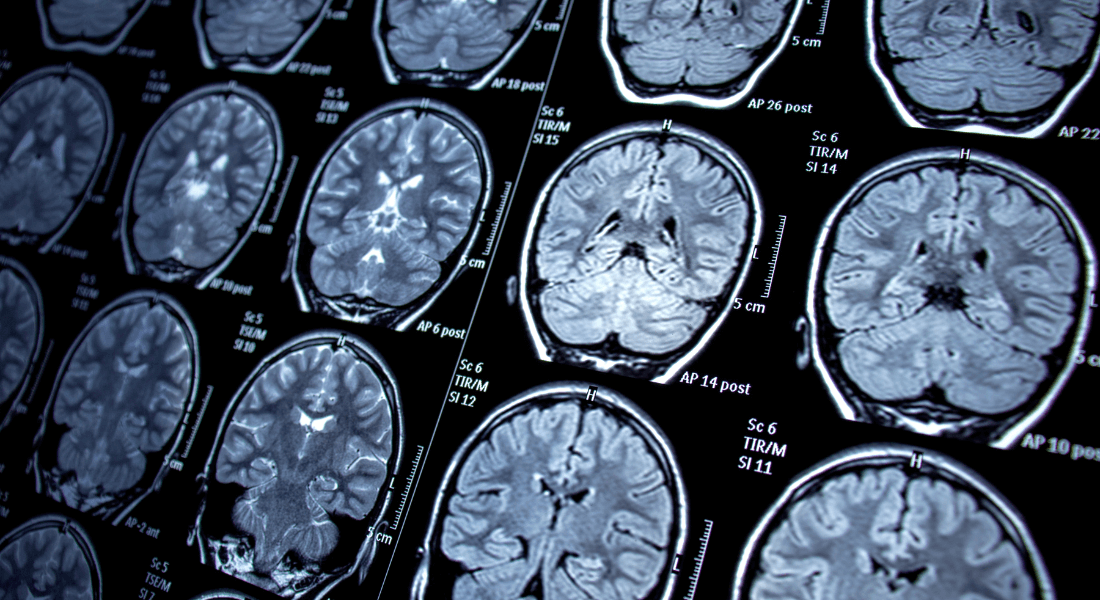Breakthrough Study Reveals Promising Treatment Approach for Genetic Epilepsy
Seizures, motor impairments, and intellectual disabilities severely impact the life of people with a special kind of neurodevelopmental disorder. Now, researchers from University of Copenhagen found a possible new treatment.

Researchers from the University of Copenhagen have identified a novel approach to treating a rare genetic form of epilepsy known as STXBP1-encephalopathy.
The study, led by Associate Professor Jean-François Perrier from Department of Neuroscience, sheds light on the intricate workings of a crucial gene responsible for brain function and presents a paradigm shift in the understanding and potential treatment of this debilitating disorder.
Our dream is to find a way to cure the patient, or at least alleviate the symptoms. While this may sound like science fiction, we are excited about the progress we have made
“STXBP1-encephalopathy is a rare genetic disorder affecting approximately one in 30,000 children at birth, making it one of the top five neurodevelopmental rare diseases. Every year two babies in Denmark are born with the disorder,” says Professor Jakob Balslev Sørensen who also contributed to the study.
The symptoms of this disorder manifest as epileptic seizures, motor impairments, and intellectual disabilities, severely impacting the quality of life for those affected. Unfortunately, there has been a lack of effective treatment options for these patients, with existing approaches primarily focused on alleviating symptoms.
A counterintuitive finding
The key gene under investigation, STXBP1, plays a vital role in the communication between neurons in the brain. Altair Brito dos Santos, the first author of the study, and his colleagues discovered that a mutation in this gene leads to an unexpected imbalance in neuronal activity, resulting in hyperexcitability and epileptic seizures.
Contrary to previous assumptions that both excitatory and inhibitory synapses were equally affected by the mutation, the study found that excitatory synapses were disproportionately impaired.
"We have discovered that in a form of genetic epilepsy, the lack of excitatory activity in the brain leads to an inability to recruit inhibitory neurons, resulting in paradoxical hyperexcitability. This counterintuitive finding opens a new avenue for treatment," Jean-François Perrier states.
The researchers work has far-reaching implications not only for the scientific community but also for the patients suffering from this rare genetic disorder. The researchers are actively collaborating with clinicians and researchers from Filadelfia Hospital in Denmark, Vrije Universiteit and the UC clinic in Amsterdam, the Netherlands, and University Clinic Heidelberg in Germany, who are eager to test the identified drugs in clinical trials as early as next year.
This is possible because some existing drugs already target excitatory synapses, and the new discoveries in the study make it possible to test them for their effect on the disease.
The team is optimistic about the translational potential of their work, hoping for a swift transition from fundamental research to clinical applications.
"Our dream is to find a way to cure the patient, or at least alleviate the symptoms. While this may sound like science fiction, we are excited about the progress we have made," says Jean-François Perrier.
The research was funded by the Lundbeck Foundation’s program “What causes Brain Disease?”
Contact
Associate Professor Jean-François Perrier
perrier@sund.ku.dk
+45 23 81 27 46
Journalist and press consultant Liva Polack
liva.polack@sund.ku.dk
+45 35 32 54 64
